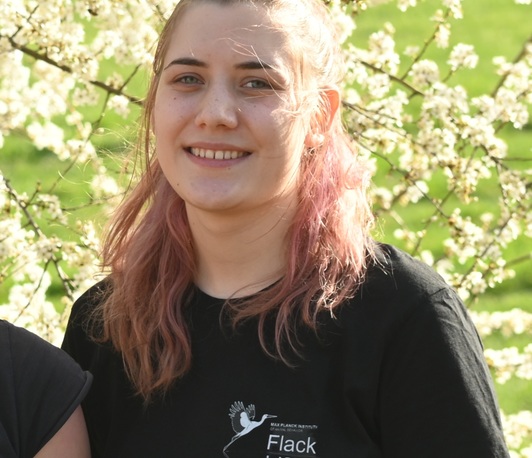Timing Shapes Flyway Selection in Juvenile White Storks at the European Migratory Divide
Rado Seminar by Isabel Jorzik
- Date: Oct 18, 2024
- Time: 10:30 AM - 11:30 AM (Local Time Germany)
- Speaker: Isabel Jorzik
- Location: Hybrid meeting
- Room: Seminar room MPI-AB Bücklestrasse + Online
- Host: Max Planck Institute of Animal Behavior
- Contact: aflack@ab.mpg.de

Migratory divides are junctures where populations of the same species following different migratory routes intersect. In white storks (Ciconia ciconia) migration strategies differ between the western and eastern flyways, yet the factors influencing flyway selection remain unclear. In this study, I used GPS tracking data from 152 juvenile storks, environmental variables, and statistical modeling to test four hypotheses: genetic influence, environmental determinants, social influence, and individual characteristics. Generalized linear mixed models revealed that timing-related variables were the primary factors influencing flyway selection. Eastern storks had significantly later fledging dates, shorter pre-migratory periods, and a narrower migration window compared to western storks. While temporal co-occurrence was observed in the overlap areas, western storks generally used these areas earlier. My results show that western storks may be experiencing favorable conditions leading to a shift in population dynamics at the migratory divide. I suggest that understanding the dynamics at the migratory divide is important for maintaining behavioral diversity and preventing the loss of migratory routes.